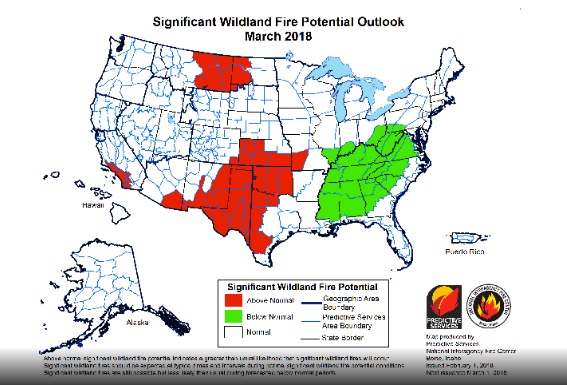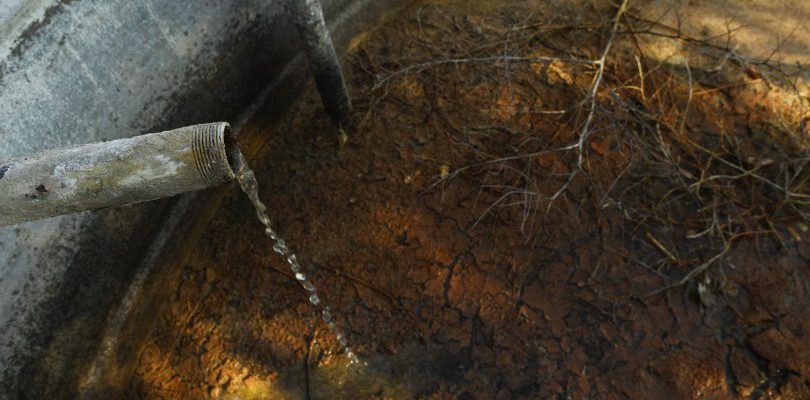2018
-

If you’ve ever wondered about how archaeologists figure out how old a bone or other piece of ancient material is, you will be interested in this description of radiocarbon dating from EarthSky. Atmospheric chemists use the same principles to determine that most of the carbon dioxide in the atmosphere is not from recent burning but…
-

Since I worked for the National Weather Service a number of years ago on precipitation studies for dams, I’ve been fascinated at how they operate and (sometimes) how they fail. This article from The Advocate describes the Old River Project on the Mississippi River, which is designed to help prevent the Mississippi River from changing…
-

The latest ENSO diagnostic discussion released today shows that La Niña conditions are continuing in the eastern Pacific Ocean but are expected to return to neutral conditions in the next few months. At this time it is suggesting that we may switch to an El Niño next winter, but spring forecasts are not considered very…
Posted in: El Nino and La Nina -

The latest issue of the Drought Monitor, released this morning, shows that dry conditions decreased slightly across the region in the past week, and areas of drought were shrunk or removed in many states. The area of extreme drought that was placed in Alabama has been removed and other areas of severe drought were reduced.…
Posted in: Drought -

This morning NOAA released the monthly climate statistics for the US for January 2018. While we have been cold and dry here in the Southeast, more than half the lower 48 states have been well above normal in temperature. The country as a whole was in the top third of all years since 1895 for…
Posted in: Climate summaries -

The recent rains in the Southeast have put a dent in the wildfire probabilities for this spring, according to an article by The Weather Channel, based on information from the National Interagency Fire Center. Potential for wildfires in most of the Southeast is projected to be lower than normal for February and March. After that…
-

The recent expansion of drought across parts of the US has caused livestock producers some concern that we are going back into a period similar to 2011 and 2012, where large extents of drought in the central US forced many livestock producers to liquidate their herds. This is discussed in this recent video and article…